Environmental laws at Burkina Faso
Burkina Faso, a landlocked country in West Africa, faces several environmental challenges due to its predominantly dry climate, land degradation, deforestation, and the impacts of climate change. To address these issues and protect its natural resources, the country has developed various environmental laws and regulations. Below is an overview of the key environmental laws and policies in Burkina Faso:
1. The Environmental Code (2001)
The Environmental Code is the cornerstone of environmental legislation in Burkina Faso. It provides the legal framework for environmental protection in the country, setting out general principles for sustainable development and the management of natural resources. The Code establishes regulations for preventing and controlling pollution, conserving biodiversity, and managing natural resources. Key aspects of the Environmental Code include:
Pollution control and management
Public participation in environmental decision-making
Protection of ecosystems and natural habitats
The need for Environmental Impact Assessments (EIA) for major development projects
The establishment of protected areas and wildlife conservation zones
2. Environmental Impact Assessment (EIA) Law
In line with international best practices, Burkina Faso requires the completion of an Environmental Impact Assessment (EIA) for major projects that could have significant environmental effects. This law ensures that any large-scale development or infrastructure projects, such as mining, construction, or industrial activities, are assessed for their potential impacts on the environment, and that mitigation measures are put in place. It also involves public consultation, allowing affected communities to voice concerns about potential environmental risks.
3. The Law on Forests (2009)
Burkina Faso's Forests Law regulates the management and protection of forest resources. The law aims to combat deforestation, protect biodiversity, and promote sustainable forest management. Key provisions of the law include:
Establishment of a national forest inventory to monitor forest resources
Regulations on the sustainable use of forest products, including timber and non-timber resources
Protection of forest ecosystems and biodiversity, including the creation of protected forest areas
Measures to combat illegal logging and promote reforestation and afforestation
4. The Law on the Conservation of Nature (1997)
The Law on the Conservation of Nature is focused on the protection and conservation of Burkina Faso’s wildlife and ecosystems. It governs the establishment and management of national parks, wildlife reserves, and other protected areas. The law also regulates hunting, the capture of wildlife, and the trade of endangered species. Some key aspects include:
The creation of protected areas and national parks to conserve biodiversity
Regulations on hunting and the trade of wild animals, particularly endangered species
The establishment of wildlife sanctuaries and biosphere reserves
Preservation of critical habitats, such as wetlands and forest ecosystems
5. The Law on Water Resources (2001)
The Water Law regulates the management, distribution, and protection of water resources in Burkina Faso. Given the country’s vulnerability to water scarcity, particularly in the Sahel region, this law emphasizes the sustainable management of both surface water (rivers, lakes) and groundwater. Key provisions of the law include:
Protection of water quality through the regulation of wastewater discharge
Regulation of water use for agriculture, industry, and domestic purposes
Prevention of water pollution, particularly from agricultural runoff and industrial waste
The creation of policies for water conservation and efficient water use, particularly in the context of climate change
6. The Law on the Fight Against Desertification (2004)
Burkina Faso faces significant challenges related to desertification, particularly in its northern and eastern regions. The Law on the Fight Against Desertification aims to combat land degradation and desertification by promoting sustainable land management practices. This law aligns with the United Nations Convention to Combat Desertification (UNCCD), to which Burkina Faso is a signatory. It focuses on:
Soil conservation and reforestation programs
Protection of arable land and pasturelands from erosion and overgrazing
Support for farmers in implementing sustainable agricultural practices
Encouraging the restoration of degraded lands through afforestation and agroforestry
7. The Mining Code (2003)
The Mining Code governs the exploration, extraction, and processing of mineral resources in Burkina Faso. While mining contributes significantly to the country’s economy, the Mining Code establishes guidelines to ensure that mining activities are conducted in an environmentally sustainable manner. Key provisions include:
Requirements for environmental assessments and mitigation plans for mining projects
Regulations on waste management, including the disposal of mining waste
The rehabilitation of land after mining operations
Social responsibility requirements for mining companies, including compensation for affected communities
8. The National Biodiversity Strategy and Action Plan (2011)
The National Biodiversity Strategy and Action Plan (NBSAP) outlines Burkina Faso’s approach to biodiversity conservation, in alignment with the Convention on Biological Diversity (CBD). The strategy identifies priority areas for biodiversity protection and outlines actions to safeguard the country’s rich ecosystems, which include savannas, wetlands, and forests. The NBSAP also emphasizes the need for:
The conservation of endangered species
Protection of biodiversity hotspots, including wetlands and forests
Promotion of sustainable agricultural and forestry practices
Integration of biodiversity concerns into national development planning
9. The Law on Climate Change and Energy (2013)
In response to the growing challenges of climate change, Burkina Faso introduced the Climate Change and Energy Law to address climate mitigation and adaptation. The law focuses on promoting clean and renewable energy sources, improving energy efficiency, and reducing greenhouse gas emissions. The country is working toward reducing its reliance on fossil fuels and promoting solar energy, particularly for rural areas. The law covers:
Renewable energy development, particularly solar and biomass
Energy efficiency standards for buildings, industry, and transportation
Climate change adaptation strategies for vulnerable sectors such as agriculture and water resources
10. The National Environmental Action Plan (NEAP)
Burkina Faso has developed a National Environmental Action Plan (NEAP) to guide the country’s environmental policies and priorities. The NEAP identifies key environmental challenges, such as deforestation, soil erosion, water pollution, and the impacts of climate change, and sets out strategies for addressing these challenges. It serves as a framework for integrating environmental concerns into national development plans and is used to access funding for environmental projects.
11. International Environmental Agreements
Burkina Faso is a signatory to several international environmental agreements and conventions that shape its environmental policies:
United Nations Framework Convention on Climate Change (UNFCCC)
Convention on Biological Diversity (CBD)
United Nations Convention to Combat Desertification (UNCCD)
Ramsar Convention on Wetlands
Paris Agreement on Climate Change
These international agreements influence national laws and policies, particularly in the areas of climate change, biodiversity conservation, and sustainable land management.
Enforcement and Regulatory Institutions:
Ministry of the Environment, Green Economy, and Climate Change (MEEVCC): This government ministry is responsible for the formulation and implementation of environmental policies and regulations. It oversees various environmental protection programs and projects.
National Environmental Agency (NEA): The NEA is tasked with enforcing environmental laws, conducting environmental assessments, and monitoring compliance with environmental regulations.
Forestry and Wildlife Directorate: This body is responsible for managing forests and wildlife conservation efforts in Burkina Faso, including implementing laws on hunting, forestry, and biodiversity.
Water Resources Directorate: This institution manages water resources, ensuring sustainable water use and pollution control.
Key Environmental Challenges in Burkina Faso:
Deforestation: Burkina Faso has significant deforestation issues, driven by illegal logging, agricultural expansion, and fuelwood collection.
Desertification and Land Degradation: The Sahel region faces soil erosion, loss of fertility, and desertification, exacerbated by climate change and unsustainable farming practices.
Water Scarcity: The country faces water scarcity, particularly in the north, where water resources are limited, and demand is rising due to population growth and agriculture.
Climate Change: Burkina Faso is vulnerable to the impacts of climate change, including more frequent and intense droughts, unpredictable rainfall, and heatwaves.
Conclusion:
Burkina Faso has a robust set of environmental laws aimed at protecting its natural resources and addressing its environmental challenges. While the country has made significant progress in environmental management, enforcement remains a key issue, especially in rural areas. Continued efforts to strengthen institutions, improve environmental education, and integrate sustainable practices into development will be critical for the long-term protection of Burkina Faso's environment.










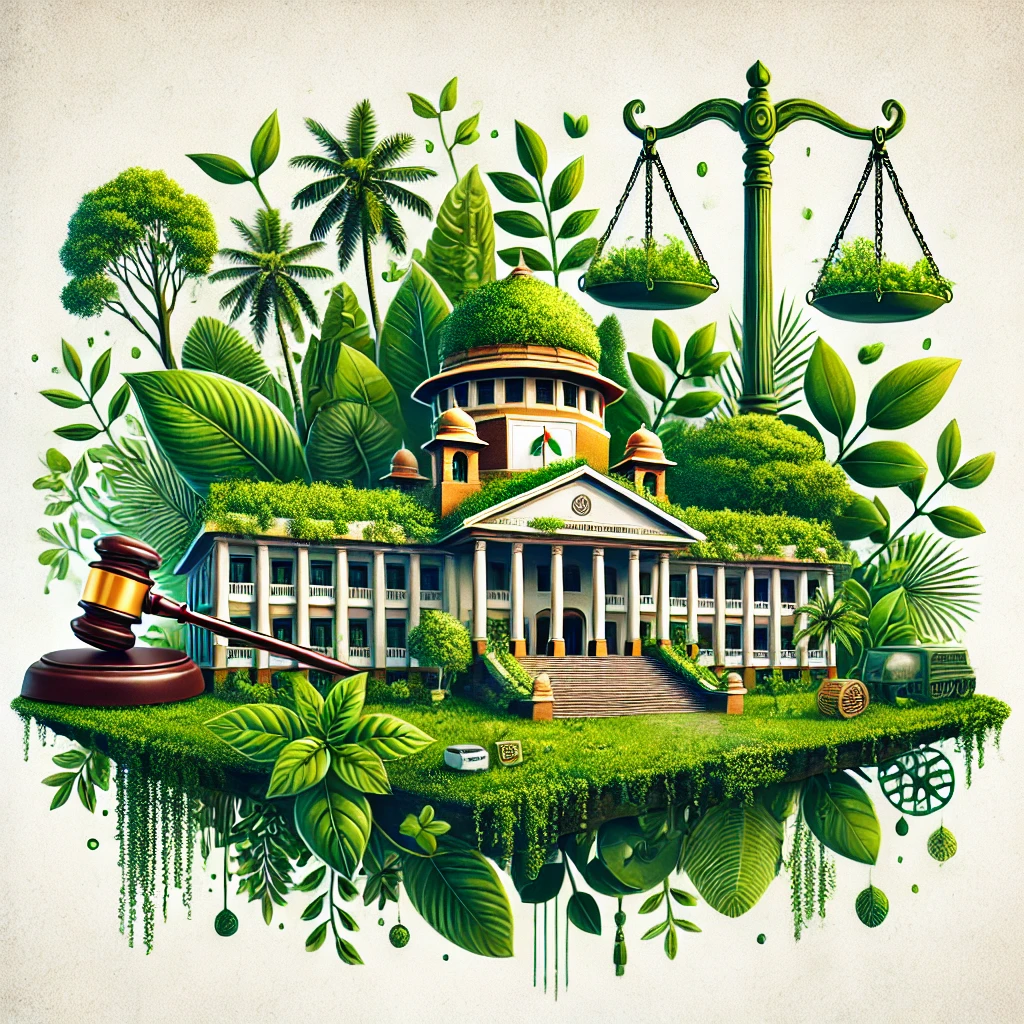


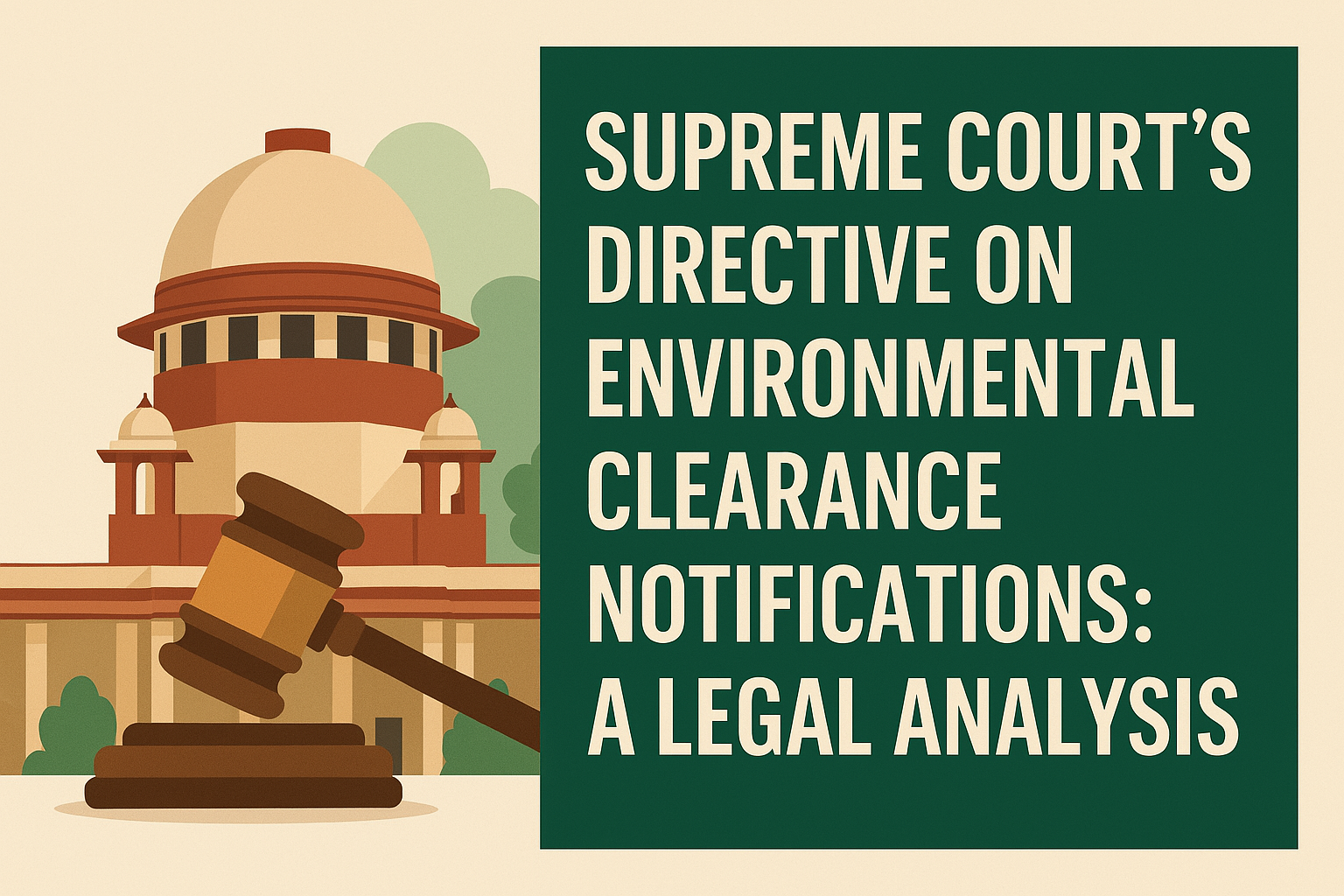
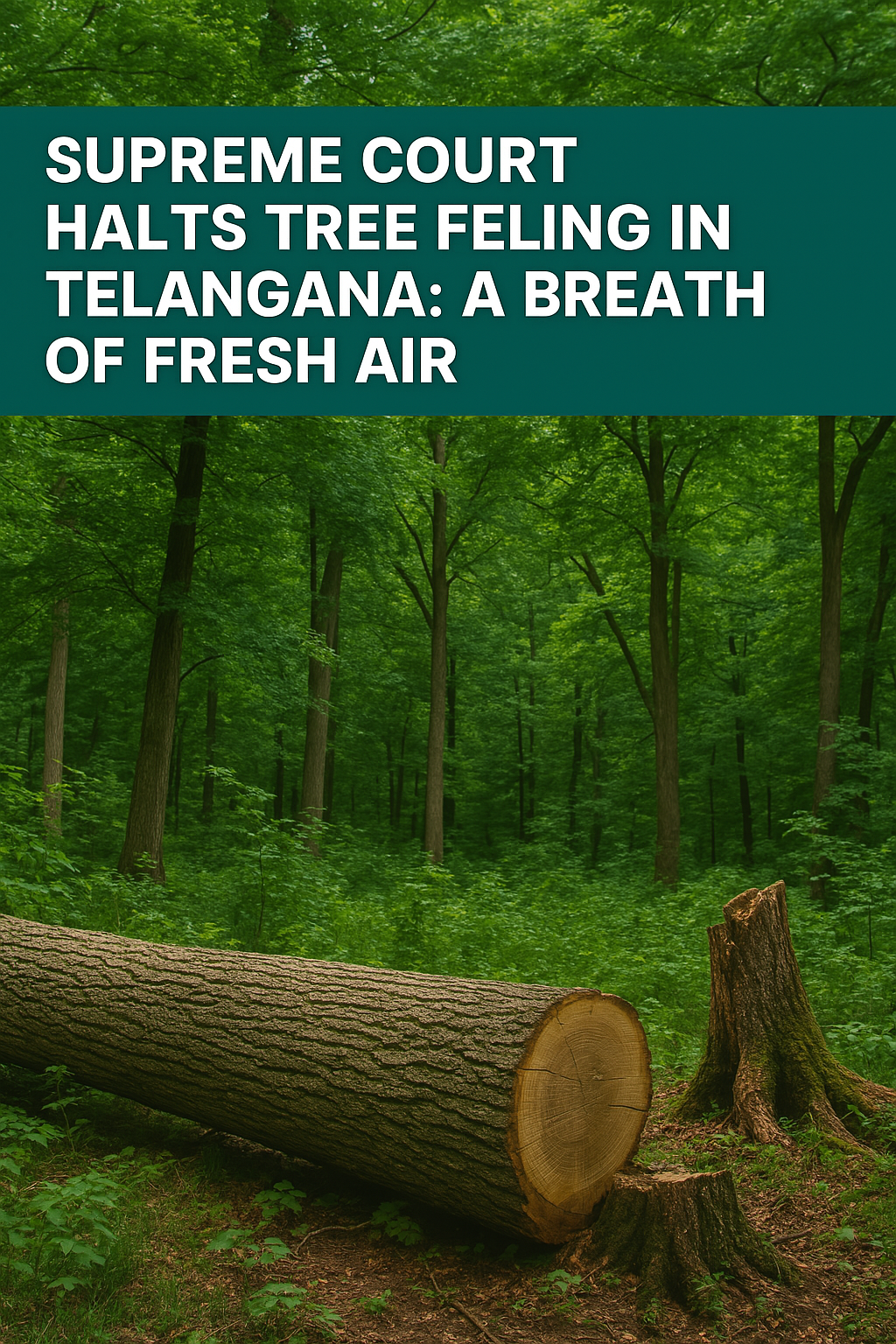

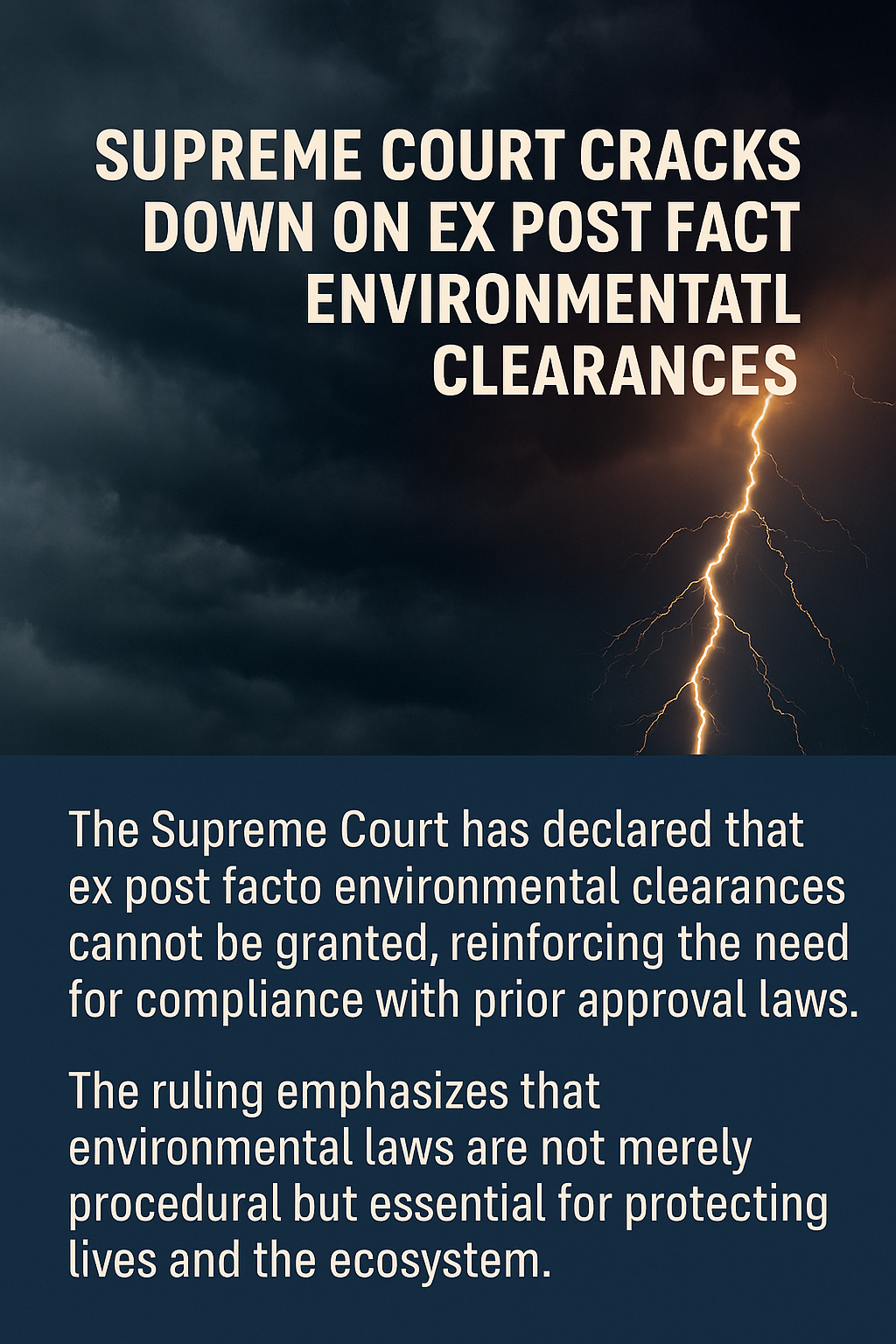
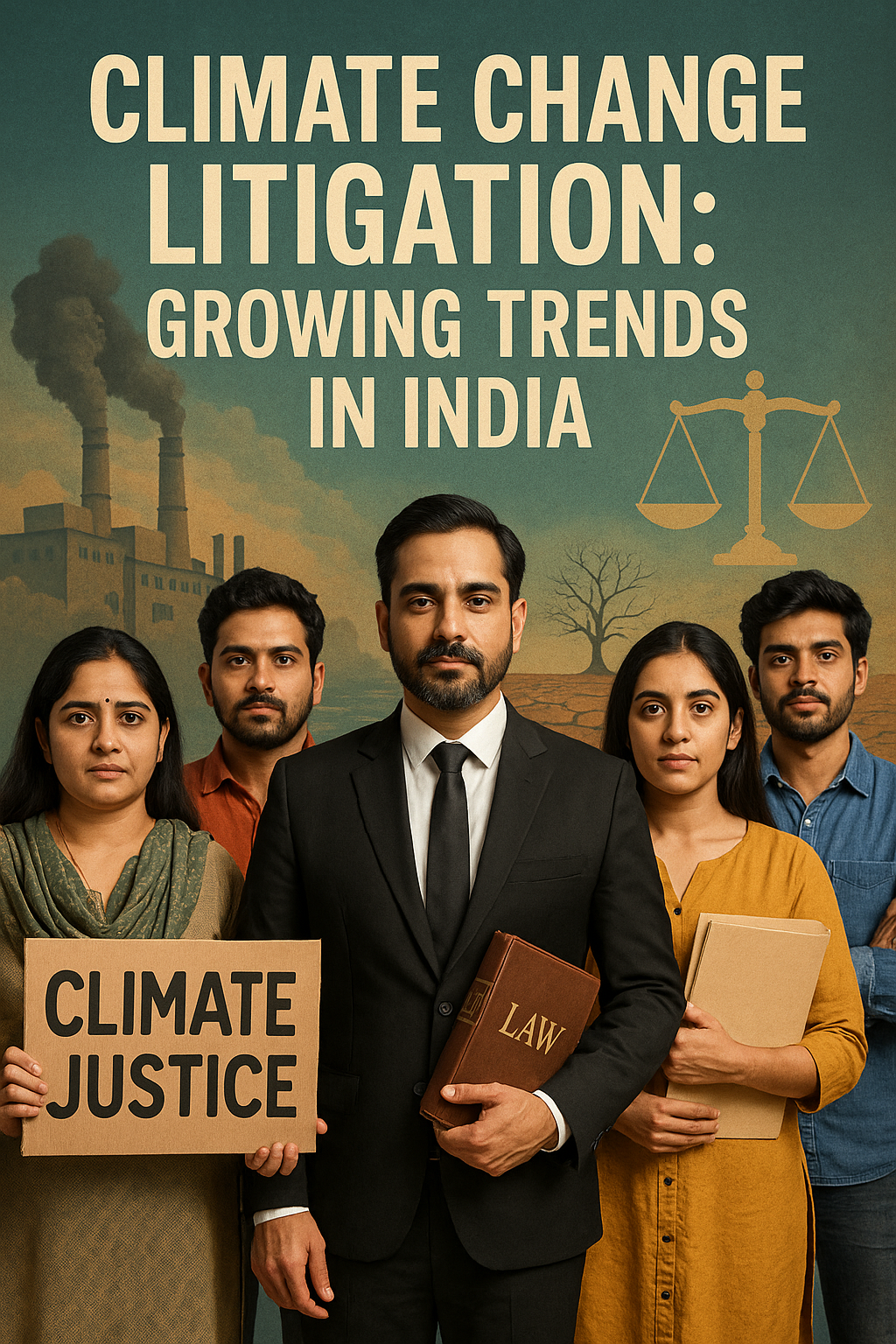
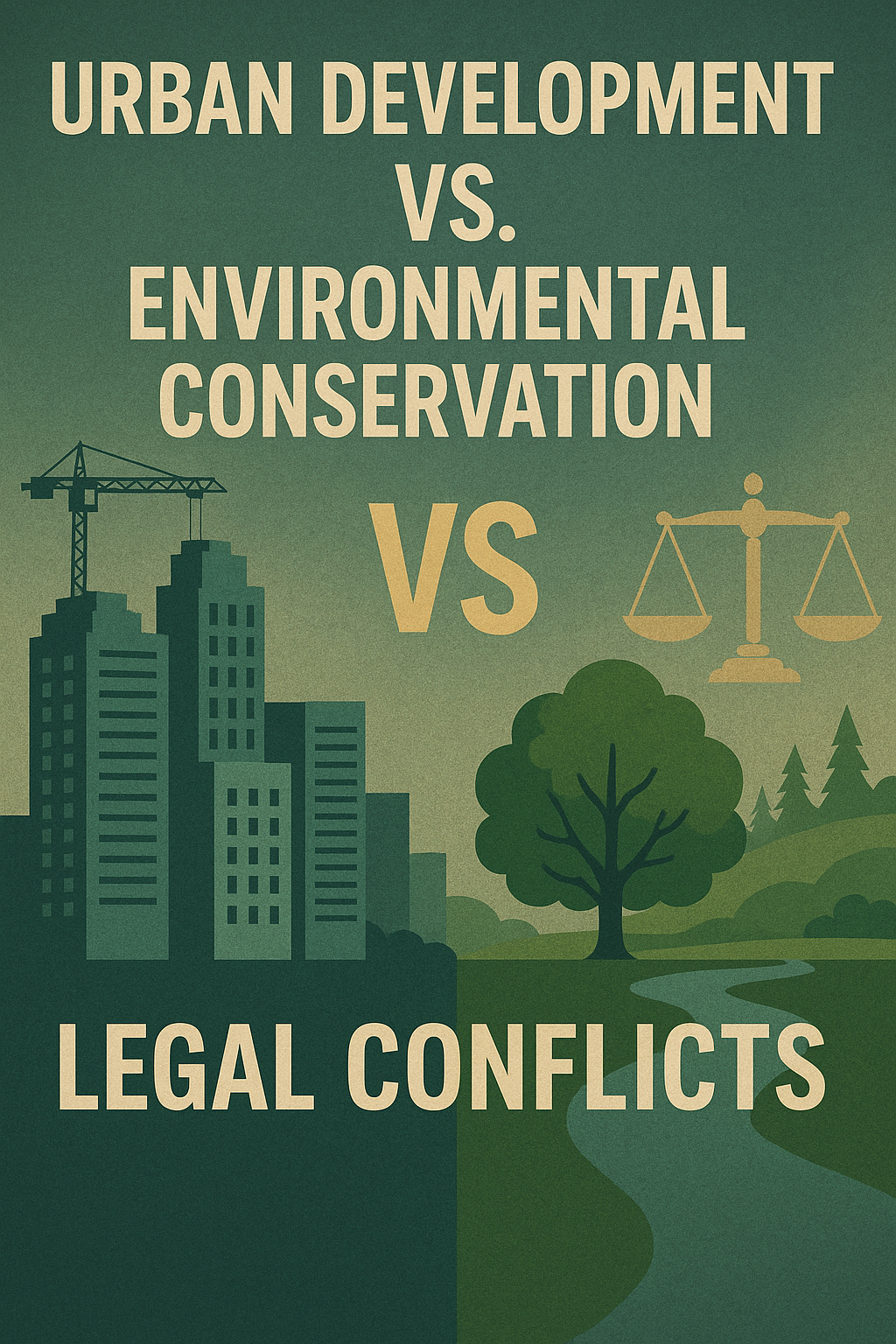

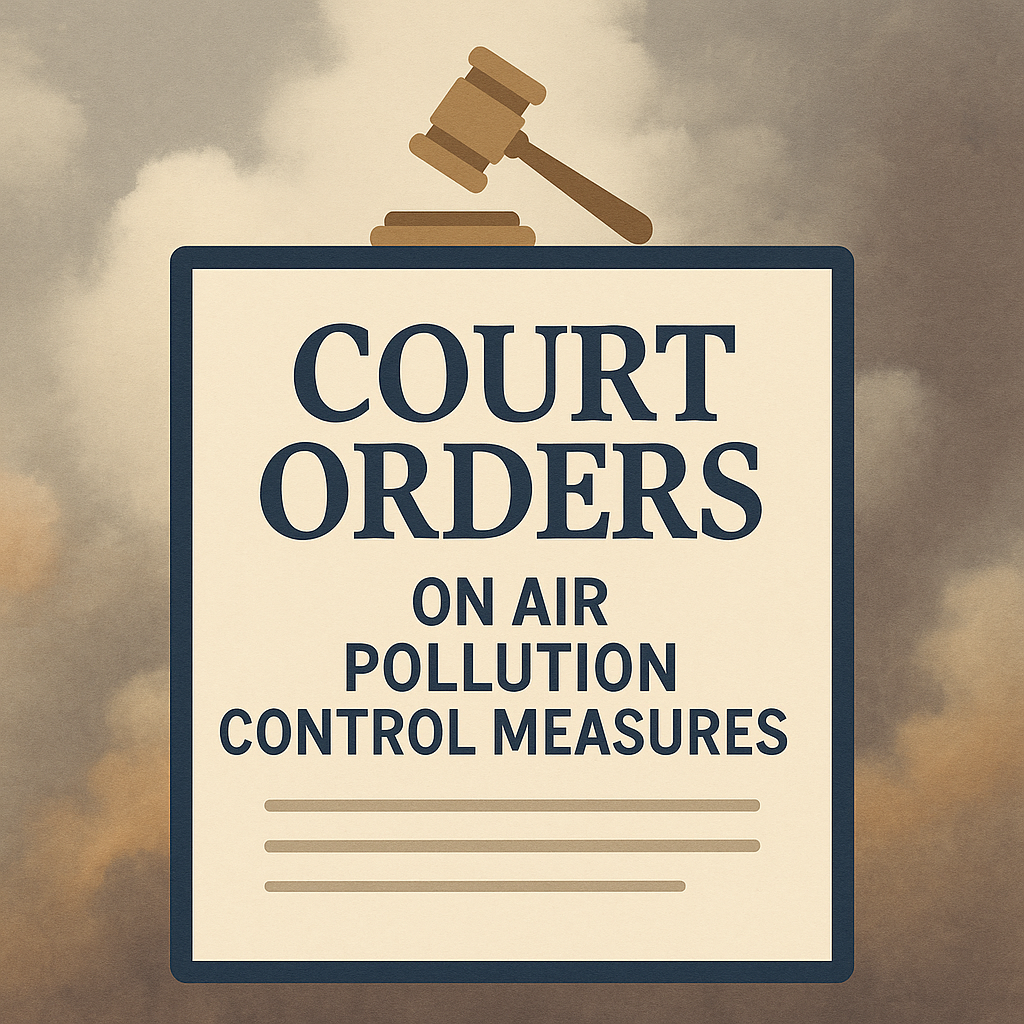






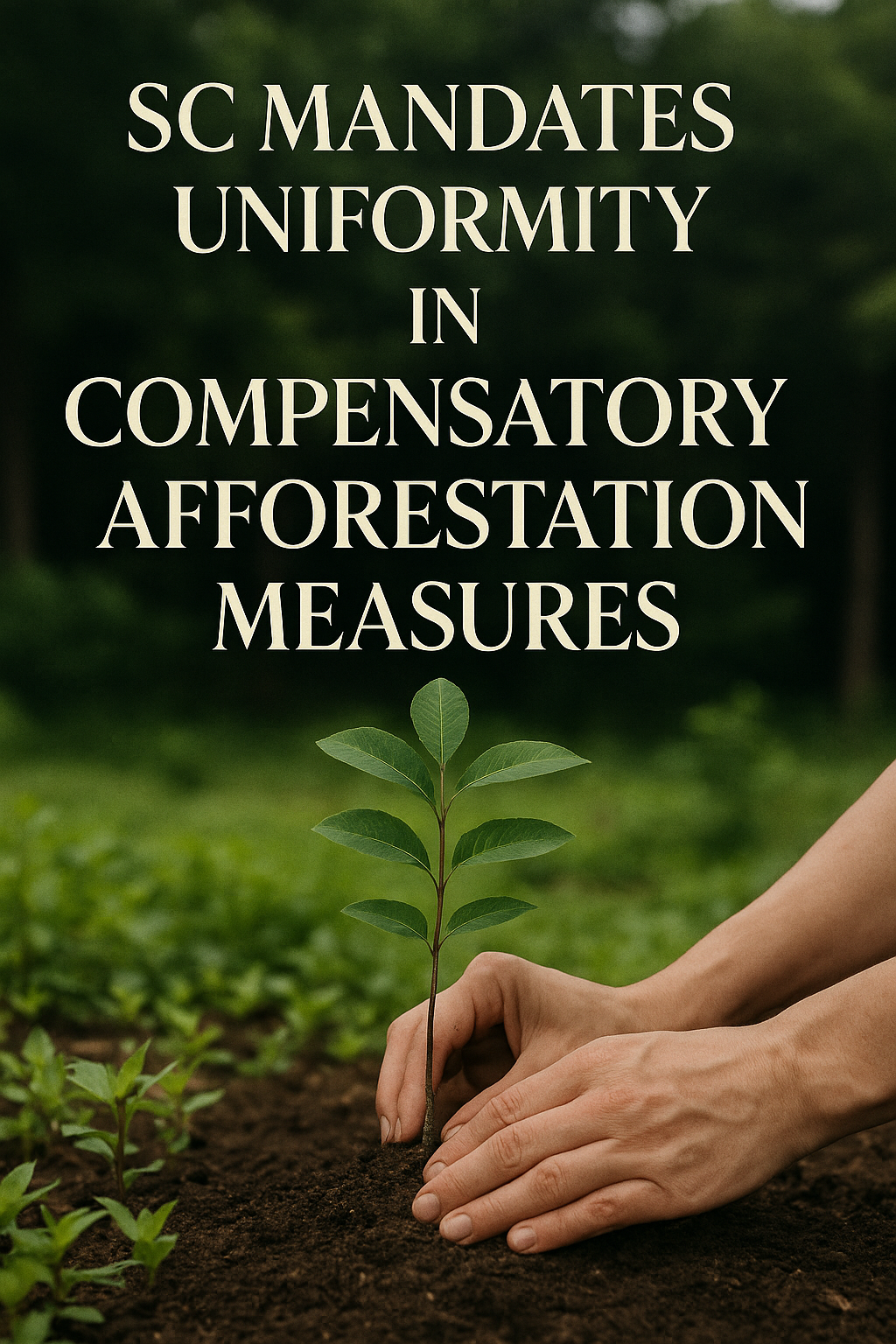
0 comments